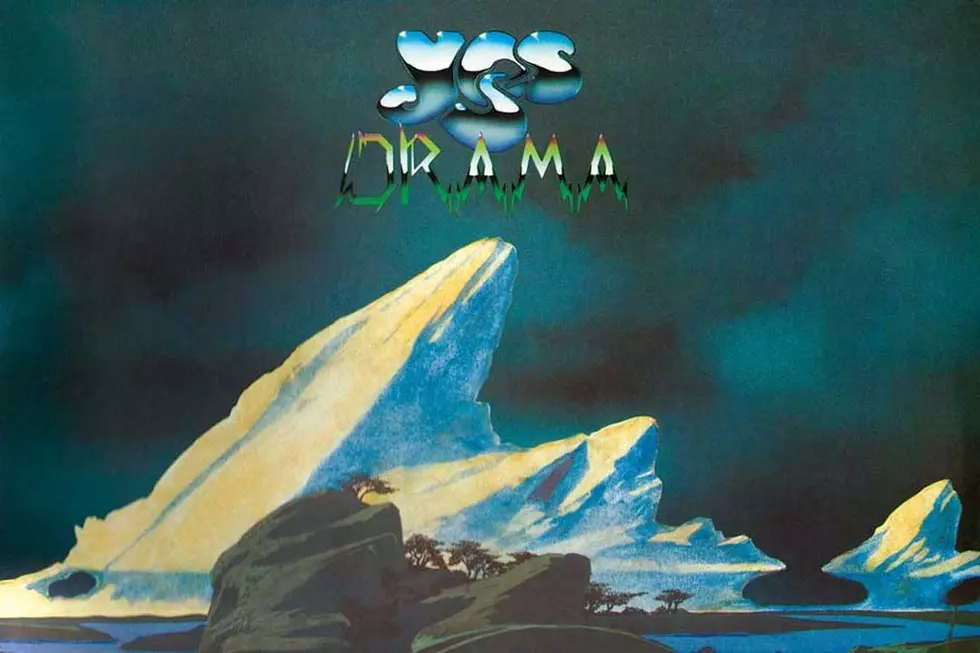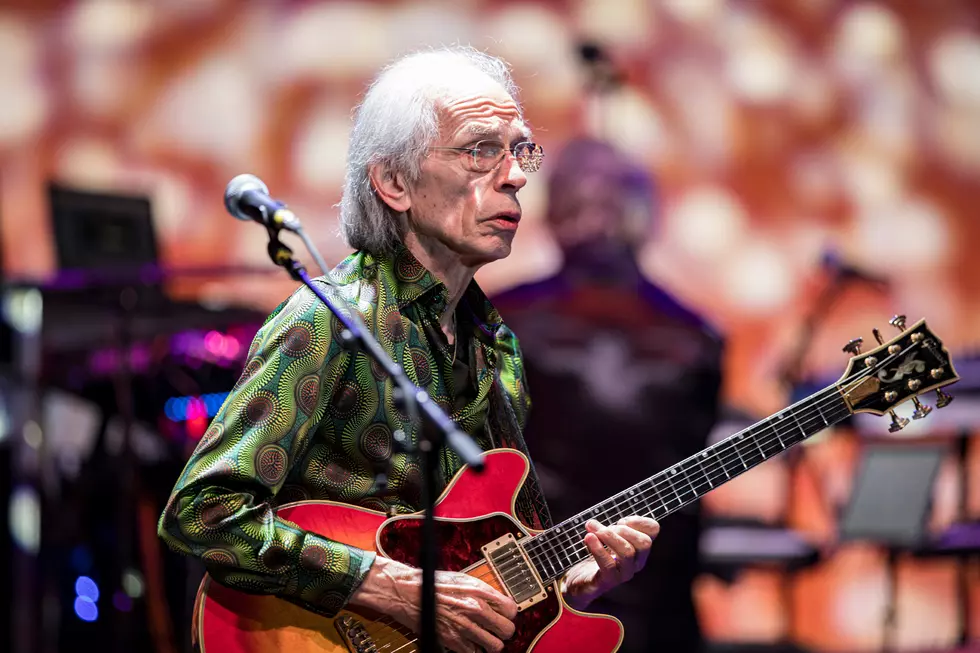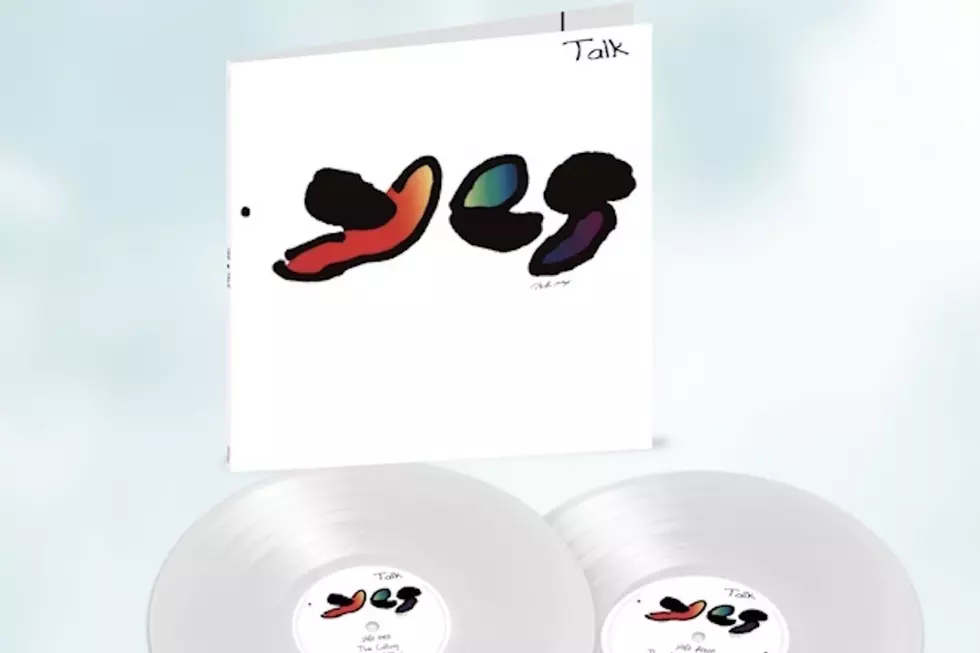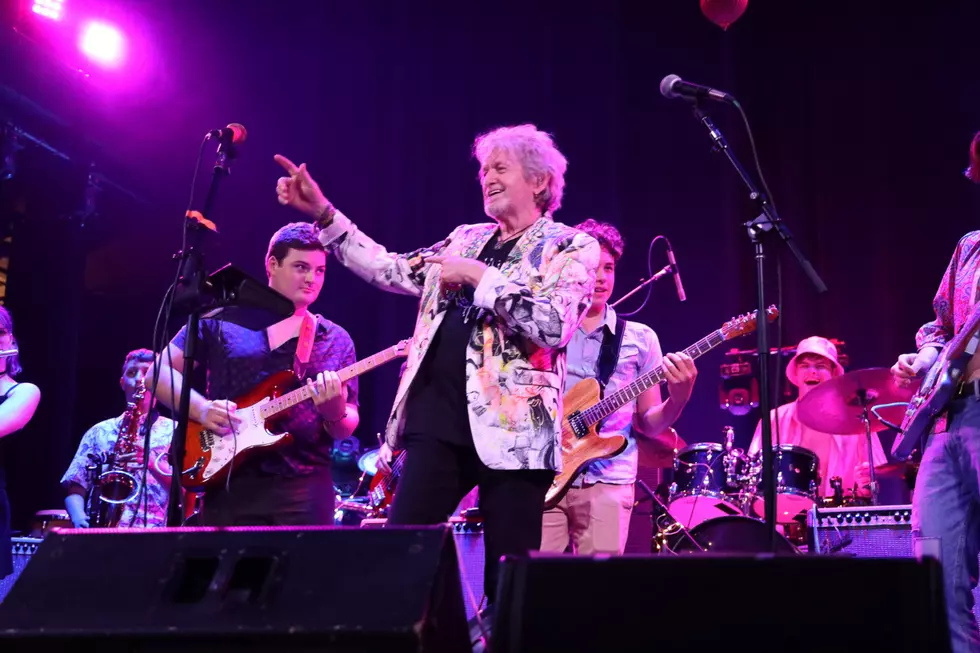
How Yes Regrouped With New Members for ‘Drama’
"Drama"? To say the least. Following the release of their divisive ninth LP, 1978's Tormato, Yes found themselves gazing weakly into a New Wave-y new decade. Weighed down by mounting creative and personal strain, keyboardist Rick Wakeman and frontman and chief songwriter Jon Anderson fled the band in March 1980, leaving the core trio – guitarist Steve Howe, bassist Chris Squire and drummer Alan White – without a sense of direction.
The band's unlikely savior? The Buggles' stylish hit-makers, Trevor Horn and Geoff Downes, best known for their MTV-launching 1979 synth-pop smash, "Video Killed the Radio Star." The duo introduced themselves to Yes in May after hearing them rehearse at an adjacent studio, marking the start of another turbulent – if more creatively assured – period for the prog-rock legends.
Recording for two months at London's Townhouse Studios, Yes reunited with their previous engineer Eddy Offord, whose sonic muscle refocused the band's material after the confused, crowded Tormato mix. Squire's punishing bass tone on "Tempus Fugit" and the metallic thunder of epic opener "Machine Messiah" proved they hadn't lost their mojo. But Yes were bored with nostalgia in 1980 – under Horn's glossy supervision, the quintet dabbled with sleek new synth tones ("Run Through the Light"), vocoder effects ("Into the Lens") and sculpted arena-pop choruses that pointed toward their MTV rebirth on 1983's 90125.
Yes had survived yet another crucial lineup exodus, even weathering the storm of losing their iconic frontman. But even if Horn's similarly pitched vocals helped smooth the transition, fans weren't satisfied in the long run: After an awkward tour filled with mixed crowd responses, the band collapsed in 1981.
After reuniting for another Buggles LP, Horn began his new career as an in-demand producer, while Downes co-founded soft-prog supergroup Asia with Howe.
Listen to Yes' 'Machine Messiah'
But the Yes chronology is anything but linear: In 1983, Squire and White rebuilt the band once more, recruiting Anderson, South African guitarist Trevor Rabin and former Yes keyboardist Tony Kaye – with Horn assisting behind the boards. The result? The triple-platinum behemoth 90125 and the smash single "Owner of a Lonely Heart."
“When I came out of that, I was pretty fearless musically,” Horn told the Independent in 2014, reflecting on the Drama era. “It was so difficult, it made everything else seem easy. My wife Jill [Sinclair] knew I wasn’t frontman material. She thought I should concentrate on being a producer.”
Meanwhile, Anderson has kept an open mind about Drama – even if it isn't his cup of tea. In a 2011 interview, the former Yes vocalist claimed he pushed the band to rehearse "Tempus Fugit" but got turned down.
"It wasn’t like I was being a spoiled brat; no, they just wouldn’t rehearse it," he said. "And you know, I asked them maybe three times over a six-year period, 'Why don’t we try that song you keep talking about?' 'Oh yeah, yeah, Jon. Yeah. We’ll get around to it, Jon. Yeah, Jon. Yeah.' Eventually you say, 'Okay, well, forget about it.'
"[Drama is] not my idea of Yes," Anderson continued. "Like [2011's Fly From Here], it’s not my idea of Yes. ... If I’m involved in it, my idea of Yes is my understanding of what Yes truly is."
Top 50 Progressive Rock Albums
Steve Howe Released One of Rock’s Most Hated Albums
More From Ultimate Classic Rock









